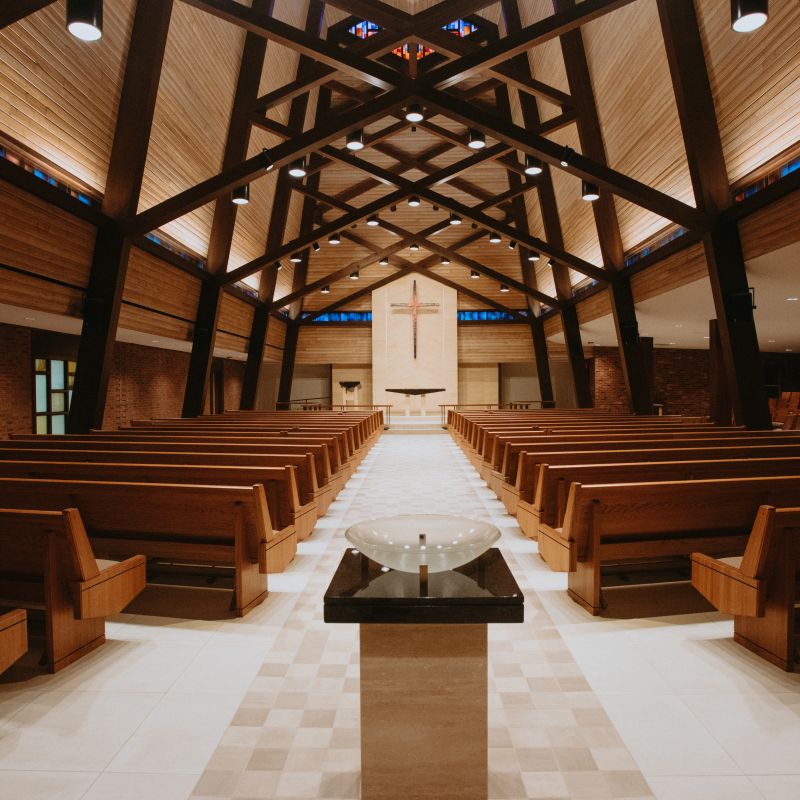3 Main Delivery Methods
Wednesday, August 7, 2019
Regardless of whether you are constructing a new building or addition, renovating an existing building or completing a tenant finish - the means, or delivery method, by which the project is designed and constructed is an important consideration prior to beginning a project. Your decision will have a significant impact on cost, risk and the overall schedule.
The sections below describe the most commonly used types of project delivery methods – all of which are offered by Hampton.
Design-Bid-Build (DBB)
The DBB delivery method is the “traditional” means of delivering a construction project. Typically the only criteria for selection of a contractor in DBB projects is the lowest construction price. This method is also often referred to as low-bid or hard-bid.
The DBB method is typically the most familiar to those in the industry. In theory it has the ability to deliver a low-cost project. However, since this method isolates the contractor from the design process, there is a high potential for project cost increases as well as construction delays due to conflicts between the design documents and the constructability of the project in the field. Also, selecting a low bidder can result in a decrease in the quality of the finished product, as the contractor must often determine ways of achieving a profit on the job, working under a budget that was the lowest of all contractors submitting pricing.
In general, the DBB process is best used on projects that are simple and not under a tight time crunch.
Construction Manager (CM)
Construction Manager, sometimes referred to as At Risk (CM-R) is a relatively new type of project delivery method. Using this method, the owner selects a “Construction Manager” (CM) who is responsible for building the project. The selection of the CM is made using criteria such as quality, proven track record, detailed project approach and ability to meet the schedule of the project more so than just construction cost.
The selected CM becomes a project team member early on in the project process and, working directly with the owner and the architects and engineers, provides input as the project moves through design into construction - input on items such as project budget, construction cost estimating and the overall schedule as well as providing review of design drawings to identify constructability issues and potential cost savings. Typically the pricing of the construction is begun early in the design process, and is refined as the design progresses with a final guaranteed maximum price (GMP) provided to the owner prior to beginning of construction.
The CM process is most successful in projects that require high quality and are under pressure to finish in a limited time. This process may also be applicable to some projects that involve complex integration between disciplines or multiple phases of construction, where the oversight and coordination delivered by a construction manager is extremely beneficial.
Hampton strongly advocates for the CM method because of the transparent nature of the contract (e.g. cost-plus based on actual invoices) and the early collaboration between owner, architect and contractor which results in a fewer surprises, faster construction schedule, which lowers cost and far better relationships during and after the completion of the project.
Design-Build (DB)
In a design-build project, the design and construction are contracted to a single company – typically the contractor. Since the team is responsible for both the design and the construction components, pricing changes are kept to a minimum, and are usually isolated only to those instances where unknown conditions or owner requests necessitate cost increases.
The DB method provides the ability to deliver a project on a tight schedule, as projects can be split up and delivered in a package approach, where individual components are designed and built as needed to achieve the final completion date. Generally the owner can establish a firm maximum price of the project early on, and has a significant amount of cost control.
Design build is typically used for construction projects where the owner has clearly established the requirements prior to design. It can also be an appropriate method when schedule is a concern, as it removes the components of the schedule that would typically be consumed by the bidding and procurement process.
https://www.hampton1.com/construction


